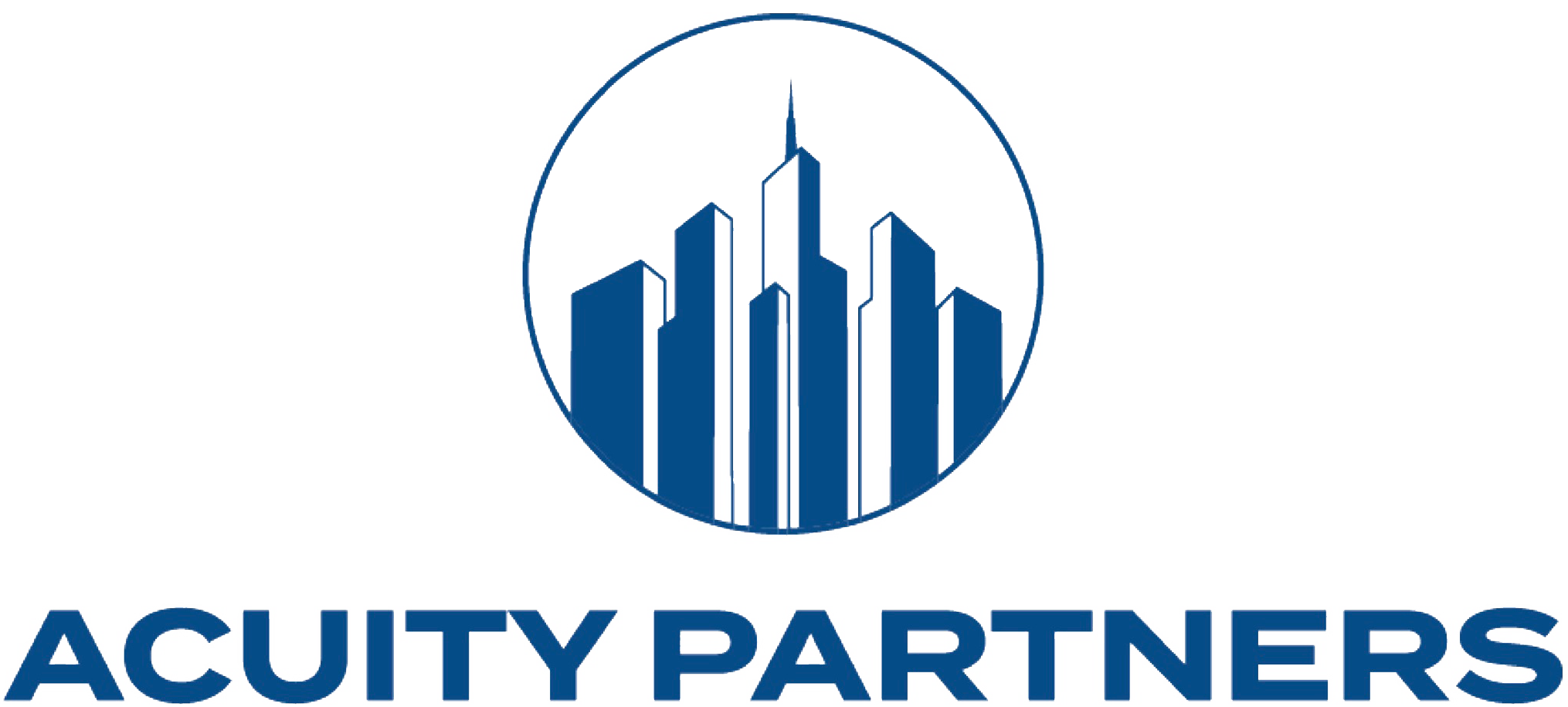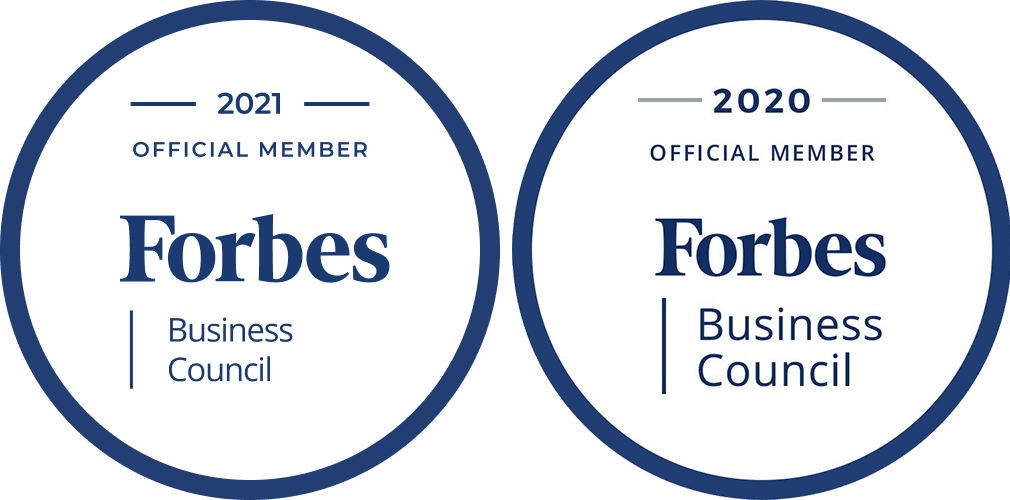POST WRITTEN BY
Carlos Vaz
Millions of Americans depend on cash flow generated by long-term investment portfolios, and that number is expected to skyrocket as nearly 10,000 baby boomers reach retirement every day.
Commercial real estate is an attractive option for investors seeking cash flow, and multifamily is arguably the strongest buy. Despite escalating property taxes and an often shaky stock market, multifamily fundamentals are as strong as ever, correlating directly with demographic and socioeconomic trends.
Homeownership rates have stalled at 64.2%. As of Q3 2018, just 56% of families could afford to buy a home based on their incomes and current interest rates — down from 78% in 2012. Rental activity has spiked, with over 900,000 renting households added year-over-year between 2010 and 2016. Housing affordability is in crisis. Nearly three out of four American households are concerned about the lack of affordable housing, driving fierce demand for older Class B and C properties.
The drivers of why to invest in multifamily are clear. Now, let’s turn to the hows of acquiring and managing properties for income. At my firm, we ask five questions, then use the answers to shape an income-producing multifamily portfolio.
How much can the property earn?
Determining a multifamily property’s monthly earning potential involves a simple equation. First, multiply the monthly rent per unit by the number of units for gross monthly cash flow. If the units vary in rent, each category is multiplied with the totals added together.
Next, subtract money held back for reserves, along with expenses such as marketing, maintenance, management fees and mortgage payments. The only acceptable outcome is positive cash flow. The higher the net returns, the more cash available for distribution, and the better the return on investment potential.
If improvements are needed, run the formula using the monthly rent you can charge once the improvements are made. Knowing the delta between current and potential rents helps you budget for and prioritize big-impact improvements.
How can expenses be controlled?
As Warren Buffett said, the first rule in investing is: Don’t lose money. The second rule is: Don’t forget rule No. 1. In a world where everything from debt load to landscaping eats into your bottom line, management experience is key to hit net operating income goals.
For an individual investor, I always say: Consider the company first and potential yield second. Look for a company with strong core values, track record, proven governance, solid people and a clearly defined business model. Don’t chase the hot trend and assume cash flow will follow. A company’s performance will be reflected in its monthly returns; ups and downs are hard to hide. If a company is focused on relationships and taking care of families instead of solely making money, it shows.
How can the property be better set up for success?
A good location will only carry you so far. To improve cash flow, focus on operations and efficiency gains to create value. Much of our success as a firm comes down to the people we employ and how we manage our operations. We believe in a team effort in assessing acquisitions and involve our operations team alongside our acquisition team to ensure we buy a property at an optimal price and can also run the property well and achieve cash flow.
If the property doesn’t have the character you want, create it. Strategic investments in physical improvements can be fruitful, as external and internal renovations can justify higher rents. Properties can be changed, but the same can’t be said about the neighborhood, so it’s fundamental to acquire properties in well-established neighborhoods with a solid, diversified employment base.
How can we hedge against risk?
If you’re considering investing in a single property, choose carefully. Workforce housing has become a multifamily class of its own, thanks to its potential for high returns even in tough times. In a recession, high-rent Class A properties become less desirable, yet workforce housing is more insulated.
Location matters, but be wary of properties in areas where a single employer controls paychecks for most of the population. Additionally, keep in mind that a four-flat building is not as resilient as a 200-unit apartment building when the economy slows and a tenant or two can’t pay rent.
Multiproperty managed funds are another way to hedge risk. For example, we currently manage an income-producing portfolio encompassing ownership in many multifamily properties across the Dallas/Fort Worth MSA. A portfolio spreads risk across more properties, reducing the risk for an individual investor.
How and when can we reap the rewards?
Some investors buy properties expecting to flip them in four or five years. But good properties in good locations with a strong employment base and competitive rents can produce solid cash flow and increasing returns for much longer. Why sell a good thing?
Unlike other income-producing investments, rents adjust annually with inflation. This gives investors an annual opportunity to reevaluate property positions in the market and set them up for long-term yield potential that counterbalances short-term market turbulence. Focus on increasing cash flow, and don’t sell unless market conditions are such that increasing cash flow isn’t possible. If you’ve established a record of increasing returns and hit a wall, consider a refinance.
People will need a place to live, regardless of economic indicators. While retail and office space may dry up as markets contract, apartment rental income will continue to flow, mainly the ones focused on the workforce housing sector of the population.
Nevertheless, your outcomes are only as good as the people who execute your strategy, so remember the words of investment consultant and author Charles D. Ellis: “The only thing that will be enduring is the character of the people in the organization. If they don’t have a commitment to themselves and their values, don’t do anything. You can’t quantify character, but it can protect you in the bad and good times. Your biggest task as an investor is to validate the character of your fund managers.”











